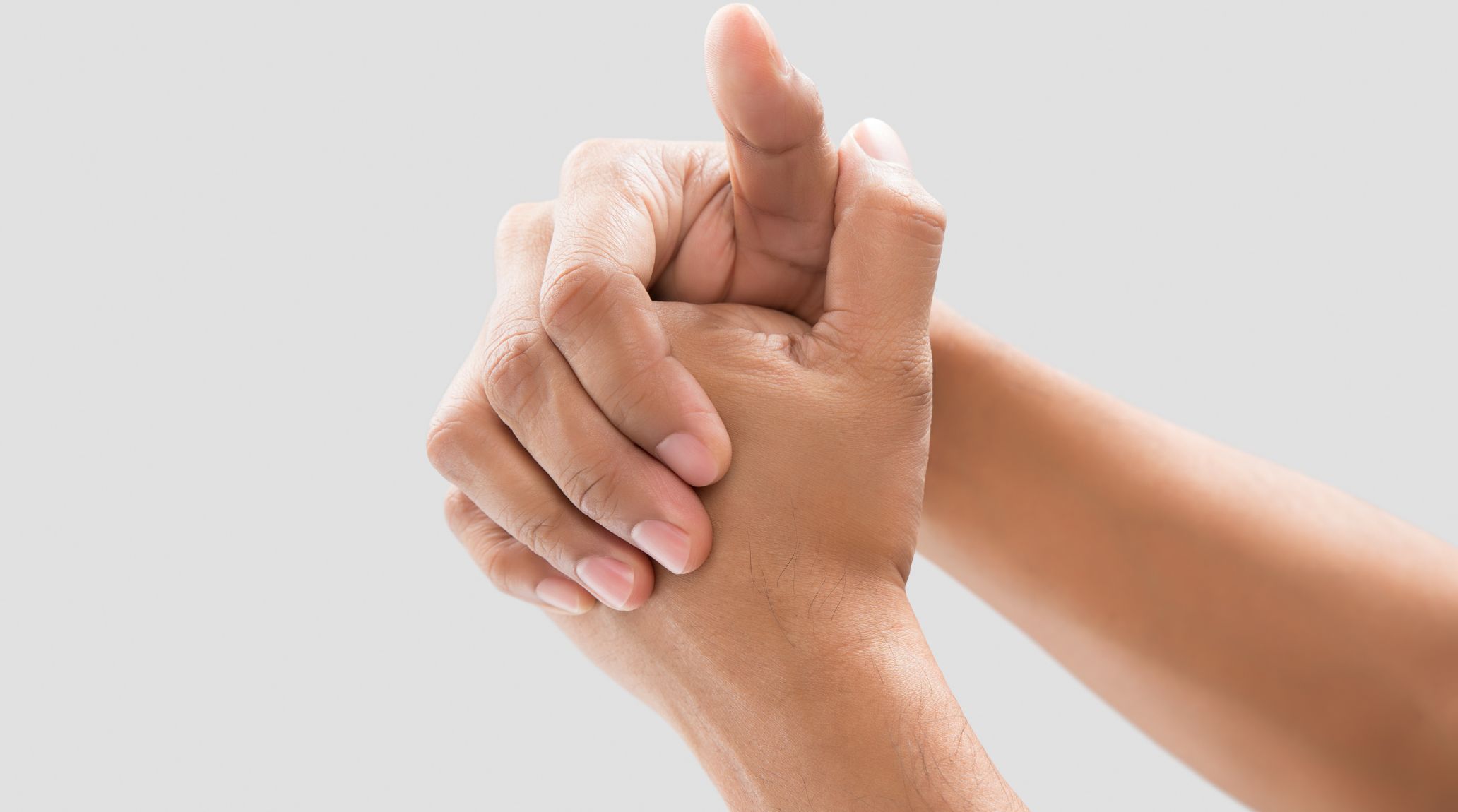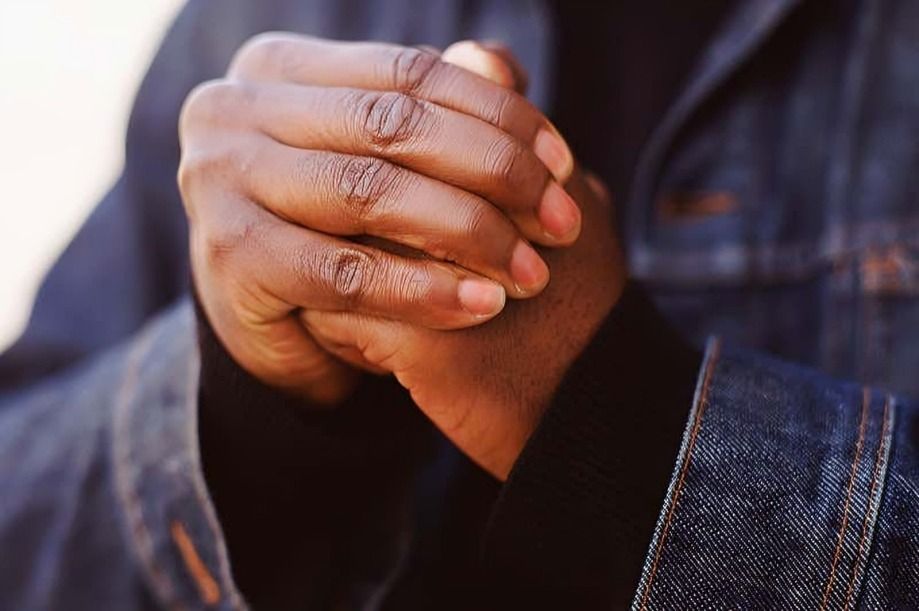
“
Knuckles, or metacarpophalangeal joints, are remarkable structures that play a crucial role in the functionality of our hands. This blog delves into the intriguing world of knuckles, uncovering 40 fascinating facts that highlight their importance, uniqueness, and the surprising ways they impact our lives. From medical insights to historical anecdotes, let's explore the incredible world of knuckles.1
1
”
Knuckles, also known as metacarpophalangeal joints, are pivotal for hand functioning, and facilitating tasks like grasping, punching, and gripping objects securely. 1
Knuckle cracking can lead to joint swelling and reduced grip strength over time. Although it might not cause arthritis, frequent cracking can still strain the ligaments and soft tissue around the joints. 2
Like other synovial joints, knuckles are enveloped by a capsule filled with synovial fluid, which reduces friction during movement and ensures the smooth articulation of the bones.3
Marcello Ferri from Italy set an incredible record by staying elevated on his knuckles for 4 minutes and 49.02 seconds while carrying a 100 lb pack. This feat was achieved on 29 May 2023. 4
The thicker skin over the knuckles serves as a natural cushion, which shields the underlying bones and joints from external trauma and impacts. 5
Knuckle push-ups, though demanding on the wrists and hands, can help improve wrist stability, strengthen forearm muscles, and develop resilience in the knuckles and finger joints. 6

Luis Vargas set an incredible record by completing 204 knuckle push-ups in three minutes on 27 January 2022, breaking his previous record of 192 knuckle push-ups in three minutes from 2018.
The audible sound produced during knuckle cracking results from the rapid collapse of gas bubbles in the synovial fluid, temporarily altering the joint space. 7

The loudest crack of the finger knuckles ever recorded reached an astonishing 83.2 dB, achieved by Miguel Ángel Molano in Getxo, Spain, on 25 May 2012.
In Japan, knuckle cracking is often considered impolite, as the noise can be disruptive and seen as disrespectful in quiet or formal settings. 8
The thumb knuckle, or the metacarpophalangeal joint, is less commonly cracked compared to other finger joints due to its unique structure and range of motion. 9
Padded areas in boxing gloves provide crucial protection to the knuckles, dispersing impact forces and reducing the risk of fractures or soft tissue injuries during bouts. 10
Certain robotic hands used in advanced prosthetics have hydraulic systems that mimic the flexibility and strength of human knuckles. 11
Knuckles can swell due to injuries, arthritis, or strain from activities like sports. Proper care and rest can alleviate swelling and prevent long-term discomfort or joint damage. 12
Historically, knuckle dusters or brass knuckles were used as weapons for hand-to-hand combat, enhancing the impact of a punch. 13
Knuckles function as hinge joints, enabling flexion and extension movements, which are crucial for activities like typing, writing, and grasping objects of various shapes and sizes. 14
Martial artists often train to strengthen their knuckles, utilizing techniques like punching bags, makiwara boards, or conditioning exercises to enhance striking power and resilience. 15
Like fingerprints, the skin patterns on your knuckles are unique to each individual, serving as distinctive identifiers in forensic science and personal identification. These patterns remain unchanged throughout a person's life. 16
As people age, the flexibility of their knuckles can decrease due to natural wear and tear on the joints and a reduction in synovial fluid. This decreased flexibility can affect hand strength and dexterity. 17
Animals like gorillas and chimpanzees walk on their knuckles, a behavior known as knuckle-walking. This method helps them support their weight and move efficiently while keeping their palms off the ground, which is important for their locomotion and stability. 18


